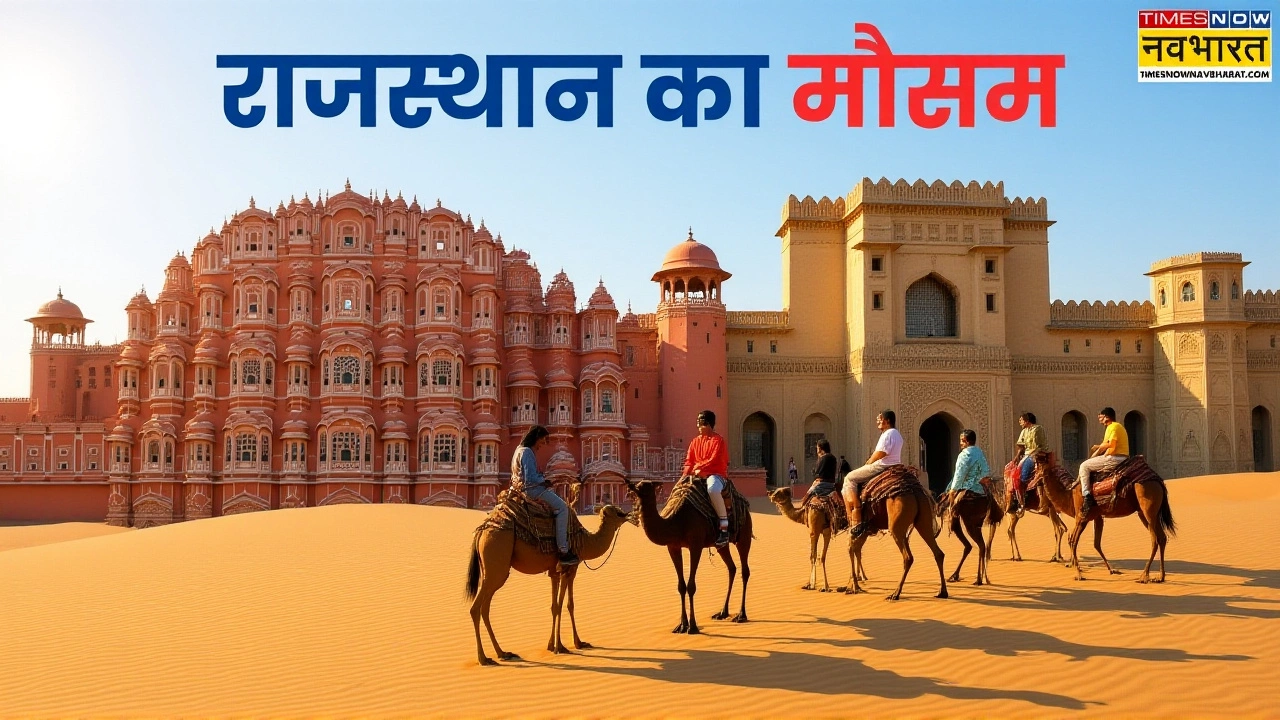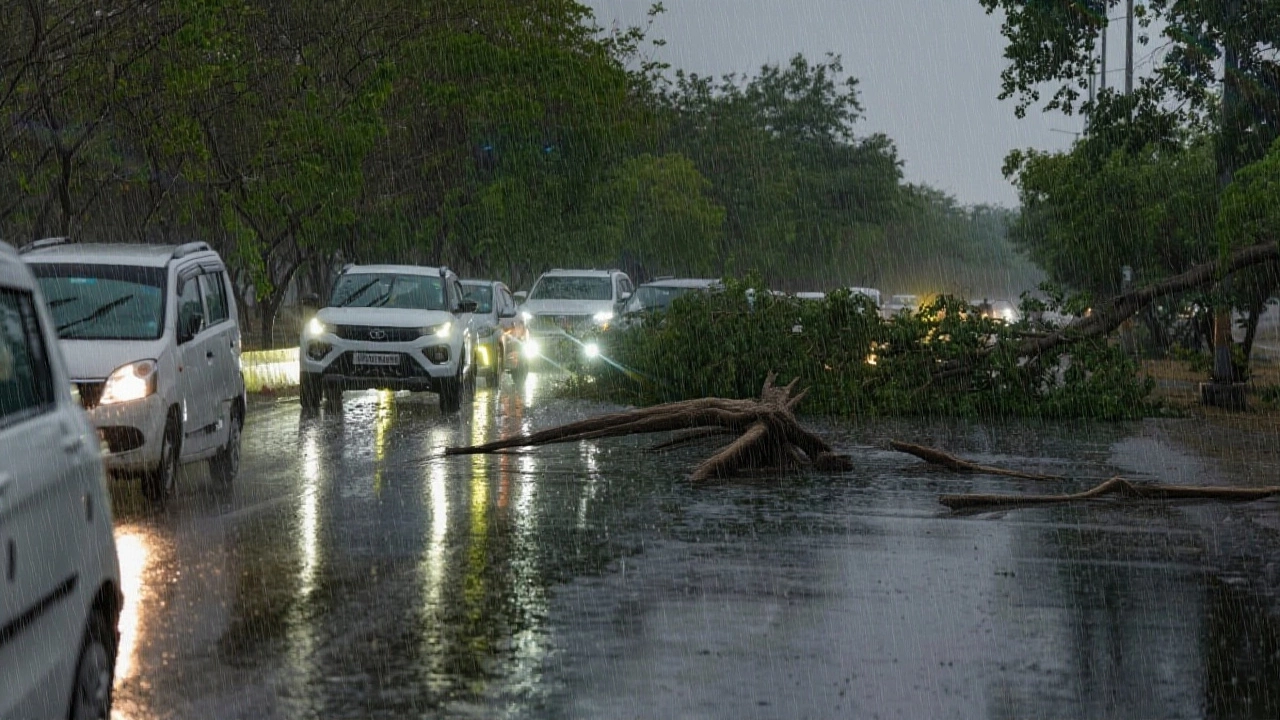India Meteorological Department: Your Go‑to Source for Weather and Climate Info
Did you know the IMD predicts the monsoon arrival within a few days? That accuracy saves farmers, commuters, and anyone planning an outdoor event. In this guide, you’ll learn what the India Meteorological Department does, how to read its forecasts, and why its alerts matter for everyday life.
What the IMD Actually Does
The IMD runs a network of weather stations, radar towers, and satellites across India. Every hour, data flows to a central hub where scientists turn raw numbers into readable forecasts. They cover everything from temperature and rainfall to severe storms and heat waves. The department also issues cyclone warnings, especially for coastal states, and releases seasonal outlooks that help agriculture planning.
Beyond daily weather, the IMD tracks climate trends. Their long‑term records show how temperatures have shifted over decades, which informs government policies on climate change. If you ever wonder why a heat wave feels stronger than before, the IMD’s climate reports provide the facts.
How to Use IMD Forecasts in Real Life
First, bookmark the official IMD website or download its mobile app. The homepage shows a quick glance at today’s temperature, chance of rain, and wind speed for your city. For deeper details, click the “7‑day forecast” link – it breaks down morning, afternoon, and evening conditions.
If you’re a farmer, the “Agriculture Outlook” page is gold. It lists expected rainfall for the next month, helping you decide when to sow or harvest. For commuters, the “Traffic Weather” alerts highlight places where fog or heavy rain might cause delays.
When a cyclone warning is issued, the IMD provides a clear warning level (e.g., ‘Very Severe Cyclonic Storm’) and a map of the projected path. Follow local news and heed evacuation notices – staying informed can protect lives and property.
Want to plan a weekend picnic? Look at the “UV Index” chart. A low index means safe sun exposure, while a high index suggests you should wear sunscreen or shade. Small steps like this make the IMD’s data useful for anyone, not just weather enthusiasts.
Finally, sign up for SMS alerts if you don’t want to check the website daily. You’ll receive concise messages about rain chances, heat alerts, or severe weather, letting you act quickly without scrolling through long reports.
In short, the India Meteorological Department offers reliable, up‑to‑date weather info that can guide everyday decisions. By checking its forecasts, using the mobile app, and paying attention to alerts, you stay one step ahead of the weather. Stay safe, stay informed, and let the IMD help you make better plans.
Cyclone Montha triggers unseasonal rain, 8°C temperature drop across Rajasthan
- World
- 0
Delhi’s Dust Storm Relieves Heat, IMD Warns of Thunderstorms Through May 25
- World
- 0


